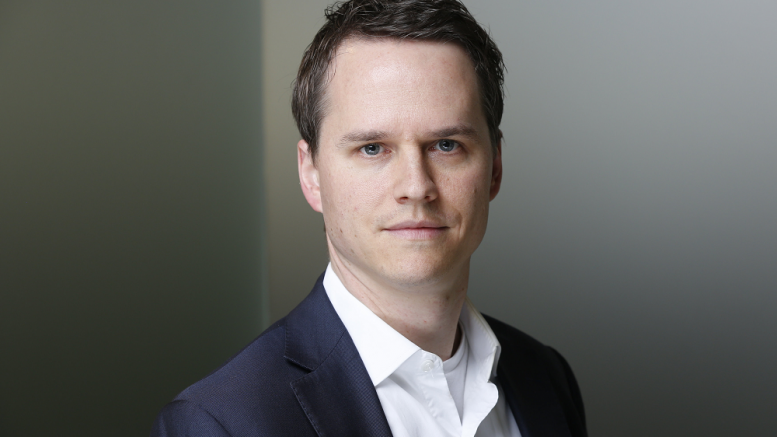… How healthcare services are slowly but surely being changed by technology
Dr. Christoph Ruedig, Partner, Albion Capital
Clayton Christensen in his seminal book The Innovator’s Dilemma describes how industries were being disrupted and companies forced out of business by new entrants that were using superior technology.
While Christensen focused on manufacturing, his observations hold true for services. Software and the rise of the internet have revolutionised the way we look for, book and consume services. Industries from travel to hospitality to banking are being turned upside down by new entrants that are providing transparency, convenience and lowering costs.
At its core, healthcare is a services industry (the majority of healthcare expenditure goes to staff looking after patients). The healthcare industry is slow to change. The reasons for this include: complex stakeholder dynamics, regulation and vested interests. However, these constraints aren’t unique to healthcare. They exist in other service industries as well, for example financial services and education. Why, then, has healthcare been slower in adopting technology than others – why is it not being disrupted?
In order to understand better the unique characteristics of the healthcare industry, it helps to examine the four key elements of a service transaction: (1) offering / searching for the service, (2) booking the service, (3) consuming the service, and (4) paying for the service. Applying these elements to the taxi industry as an example, one can see how Uber was able to disrupt traditional taxi hailing by using mobile technology to improve 1, 2 and 4, by lowering costs and improving choice and transparency.
When applying this framework to healthcare services, a few things become apparent. Firstly, patients, essentially consumers of healthcare services, are often not free to choose their provider. Secondly, the patient is typically not the one paying for the service. Thirdly, and most importantly, the service provided is complex and requires highly specialised skills – think of a diabetic patient with kidney problems and foot ulcers. It is therefore more difficult to standardise. One of the reasons Uber was so successful is that the service provided doesn’t require a lot of skills and can therefore be easily standardised – two different taxi drivers will get you to the same point equally quickly.
So is it all lost for technology in healthcare? The short answer is no. The cost and quality pressures that led to the disruption of other services industries are no different in healthcare, and technology should have the same positive impact. At the end of the day, it comes down to the interplay between these pressures, technological progress and the inertia of the system. Healthcare is more inert than other industries, but that doesn’t mean it can’t change.
Over the past 20 years we have seen a slow but steady increase in the use of technology to deliver healthcare services. In particular, we’re seeing start-ups that are changing various care delivery models with the use of technology. Take GP video-consultation services for example, which have received lots of publicity and funding lately.
These services connect patients with doctors over video calls on a phone, tablet or personal computer. Their main advantage is patient convenience and they tend to be used by younger people but have the potential to deliver strong population-wide health benefits in countries where patients struggle to access healthcare such as China.
Another example is the UK company Oviva, which is delivering weight management services to patients with chronic illnesses using a mobile platform that enables more frequent and data-rich interactions between healthcare providers and patients. Rather than just selling the mobile software platform to dietitians, the company employs the dietitians, which enables it to offer an end-to-end service. Offering such a “full stack” solution allows it to bundle complexity and, through the use of technology, process optimisation and standardisation, it can control the quality and efficiency of the service provided. The result is a better patient experience, improved outcomes and lower cost. It is these types of technology-led service models that will revolutionise healthcare delivery in the future.
Clayton Christensen said that disruption can only come from new entrants. Many start-ups have tried and failed to disrupt healthcare. But they won’t go away.
Christoph is a partner at Albion Capital, a UK-based fund manager with £1bn assets under management, focusing on healthcare, digital health and the UCL Technology Fund. He initially practised as a radiologist, before working at Bain & Co and 3i. He holds a degree in medicine from Ludwig-Maximilians University, Munich.





